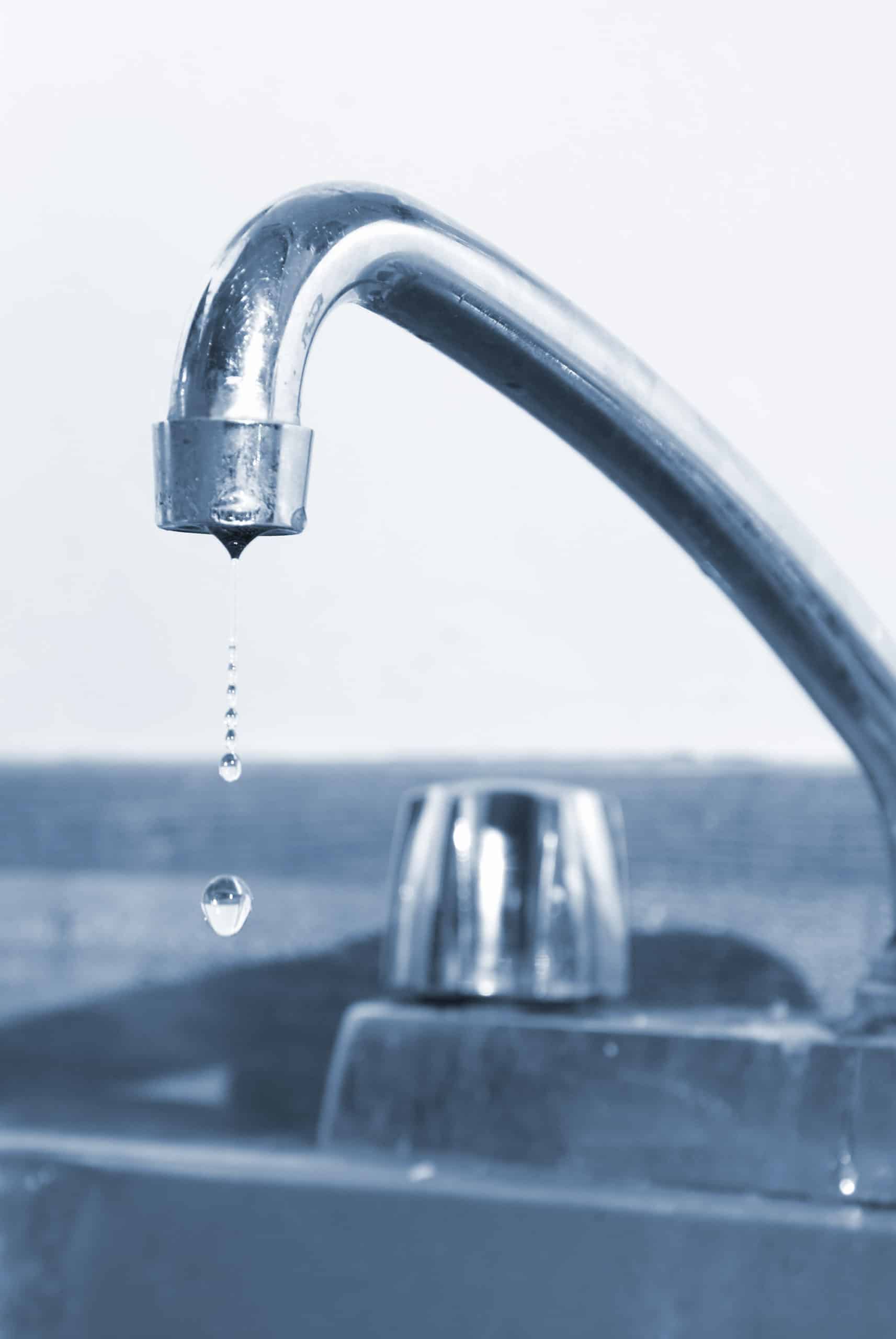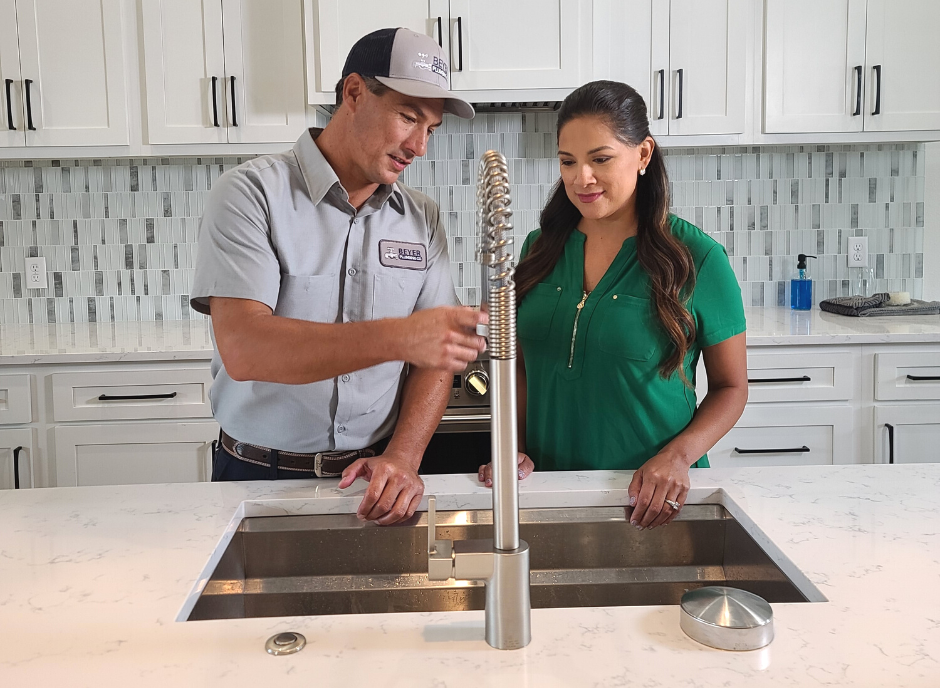Uncovering the Relevance of Dealing with a Faulty Faucet
Uncovering the Relevance of Dealing with a Faulty Faucet
Blog Article
Here underneath you will discover more sensible information all about Leaky Faucets: Why They Happen & What to Do About Them.

Leaking faucets could appear like a minor inconvenience, but their influence surpasses simply the aggravation of the audio. From wasting water to incurring unnecessary economic prices and wellness threats, neglecting a leaking faucet can bring about various repercussions. In this post, we'll look into why it's crucial to resolve this typical family concern without delay and effectively.
Wastefulness of Water
Ecological Influence
Trickling taps contribute considerably to water wastage. According to the Environmental Protection Agency (EPA), a solitary faucet trickling at one drip per secondly can lose more than 3,000 gallons of water per year. This not just pressures water sources yet likewise affects ecosystems and wild animals depending on them.
Financial Expenses
Raised Water Expenses
Beyond the ecological impact, trickling faucets can blow up water expenses considerably. The collected wastefulness gradually converts into greater utility expenses, which can have been avoided with timely fixings.
Potential Property Damage
In addition, prolonged dripping can cause harm to components and surfaces surrounding the faucet. Water buildup can cause staining, rust, and even architectural problems if left neglected, causing added repair costs.
Health Issues
Mold And Mildew and Mold Development
The continuous existence of wetness from a leaking faucet creates an optimal atmosphere for mold and mildew development. These fungis not only jeopardize interior air high quality yet likewise position health dangers, especially for people with respiratory conditions or allergic reactions.
Waterborne Diseases
Stagnant water in leaking faucets can end up being a breeding place for microorganisms and various other virus, boosting the risk of waterborne diseases. Pollutants such as Legionella bacteria grow in stagnant water, possibly resulting in significant diseases when consumed or inhaled.
DIY vs. Expert Fixing
Benefits and drawbacks of DIY Repair Work
While some might try to repair a trickling faucet themselves, DIY repair services feature their own set of difficulties. Without correct knowledge and tools, DIY attempts can worsen the concern or bring about insufficient repair work, extending the issue.
Benefits of Employing an Expert Plumber
Employing an expert plumber guarantees that the underlying source of the trickling tap is attended to successfully. Plumbing technicians possess the competence and tools to identify and repair tap concerns effectively, saving time and decreasing the threat of additional damage.
Step-by-Step Overview to Repairing a Dripping Faucet
Tools Called for
Before trying to take care of a dripping tap, gather the needed devices, consisting of an adjustable wrench, screwdrivers, substitute parts (such as washing machines or cartridges), and plumber's tape.
Typical Tap Issues and Their Solutions
Recognize the kind of tap and the specific issue causing the drip. Common issues include worn-out washing machines, corroded valve seats, or damaged O-rings. Describe producer instructions or on the internet tutorials for step-by-step support on fixings.
Safety nets
Regular Upkeep Tips
To prevent trickling faucets, execute routine upkeep such as cleaning aerators, evaluating for leaks, and changing worn-out parts without delay. Furthermore, take into consideration installing water-saving gadgets or updating to more effective components.
Importance of Prompt Repair Works
Resolving dripping faucets as soon as they're observed avoids additional water waste and possible damages, inevitably conserving both water and cash in the future.
Influence On Residential Property Worth
Assumption of Well-Maintained Building
Keeping a residential or commercial property in good condition, including addressing upkeep concerns like leaking taps, enhances its regarded value and worth among prospective customers or renters.
Impact on Resale Value
Qualities with well-maintained plumbing fixtures, consisting of taps, command higher resale values in the realty market. Resolving dripping faucets can contribute to a positive perception throughout property evaluations and settlements.
Ecological Obligation
Private Contribution to Conservation
Taking responsibility for fixing dripping faucets aligns with broader efforts toward water conservation and ecological sustainability. Every person's actions collectively make a considerable influence on protecting priceless resources.
Sustainable Living Practices
By prioritizing prompt repair work and adopting water-saving practices, individuals contribute to sustainable living practices that profit both existing and future generations.
Final thought
Attending to a leaking tap exceeds simple convenience; it's an important step towards saving water, decreasing economic prices, and safeguarding wellness and residential or commercial property. Whether through do it yourself repair work or expert support, taking action to take care of dripping taps is a small yet impactful method to advertise accountable stewardship of sources and contribute to a much healthier, more sustainable future.
How to Fix a Leaky Faucet: Step-by-Step Repair Guide
A leaky faucet may seem like a simple annoyance, but if it's not fixed promptly, that leak could cost hundreds to potentially thousands. From water damage to mold, mildew, and high water bills, even a tiny leak can be catastrophic if left unattended. Damage like this can even affect the overall value of your home, so it's important to take the right approach for leaky faucet repair. You may need the help of a plumber in some cases, but we've got a few tips you can try on how to fix a leaky faucet before calling the pros.
Four Faucet Types
When you're learning how to fix a leaky faucet, the first step is knowing what kind of faucet you're working with! There are four common types.
Cartridge Faucets
Cartridge faucets come in one- or two-handled varieties. In one-handled cartridge faucets, hot and cold water combines in a single cartridge. In the two-handled versions, hot and cold water are controlled separately and mixed in the faucet.
Ball Faucets
Ball faucets have a single lever you push up and down to adjust the pressure and rotate to change the temperature. A slotted metal ball controls the amount of water allowed into the spout.
Compression Washer Faucets
They're the oldest type of faucet, but they're still used in many homes — especially older ones. Compression faucets have two separate handles that, when turned, raise or lower the washer that seals a water valve. This valve stops water from flowing through the faucet when it is turned off.
Disc Faucets
Disc faucets rarely need to be repaired due to their maintenance-free design. The water flow is controlled by two discs — the upper one raises and lowers against a fixed lower disc, creating a watertight seal. If your disc faucet starts leaking, you may need to replace the seals or clean residue buildup from the inlets.
Fixing a Leaky Faucet
Step 1: Turn Off the Water
Whether you're learning how to fix a leaky bathtub faucet or how to fix a leaky kitchen faucet, always turn off the water supply to your working area when you're fixing a leak. The last thing you want is a flood added to your list of things to fix.
Look for the shutoff valves below your sink or around the tub and turn them clockwise to stop the water flow. If your faucet doesn't have shutoff valves, you may need to turn off the water for the whole house. Check to make sure it's off by turning the faucet on. If nothing comes out, you're ready to start the repair.
Step 2: Take Apart the Faucet
How you disassemble your faucet depends on the type of fixture you have. You can use a flathead screwdriver to remove the caps on top of the handle or handles for cartridge and compression faucets. Inside, you should see handle screws. Unscrew these with a screwdriver to remove the handle.
Disc- and ball-style faucets will typically have an inlet screw near the handle, and removing that will reveal the interior of the faucet.
Detach the Valve Stem
For cartridge- and compression-style faucets, you'll see the inner valve stem or cartridge once you remove the faucet handles. If you have a compression faucet, unscrew the brass valve stem. If you have a cartridge faucet, pull out the cartridge. If your cartridge has been in place for a while, it may require some tools or extra force to remove it due to mineral deposits.
Examine and Replace Parts
Once you've removed the parts, check them out to confirm what needs to be replaced. You may see corroded rubber washers, O-rings, stems, or cartridges. On a ball-style faucet, check the seats and springs for damage.
If you need to repair a leaky disc faucet, check the inlet and seals on the lower disc.
Once you determine what parts must be replaced, visit your local hardware store. Bring the damaged parts with you to ensure you can purchase the correct components to replace them.
Clean Valves and Faucet Cavity
If you've removed a stem or cartridge, you may notice mineral buildup in the faucet's threads. Use white vinegar to clean the valve seat by soaking it for a few minutes, then scrub it away with a soft toothbrush and rinse with warm water. You can also clean the interior of the faucet in the same way.
Reassemble the Faucet
Once your faucet is cleaned and the required parts have been replaced, it's time to reassemble it. Put the pieces back together and slowly turn the water supply back on. Doing this slowly is crucial because too much initial water pressure can damage the new hardware you've just installed.
https://homewarranty.firstam.com/blog/how-to-fix-leaky-faucet

I was introduced to that article about from a buddy on a different web blog. Sharing is nice. You just don't know, you may very well be helping someone out. Thank-you for taking the time to read it.
Report this page